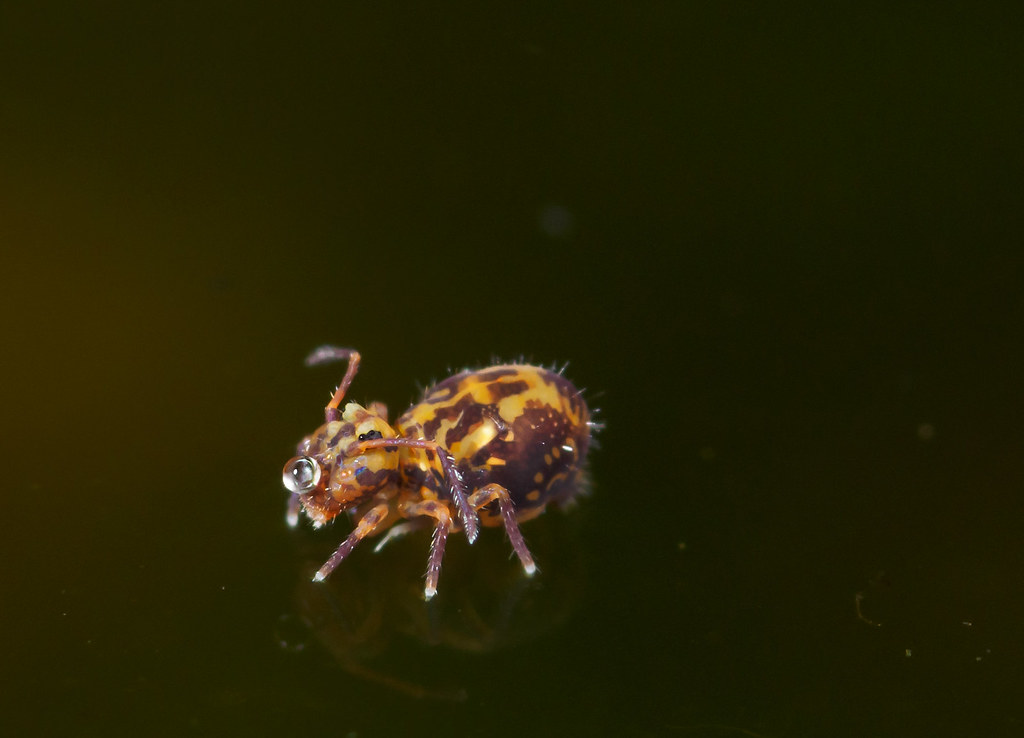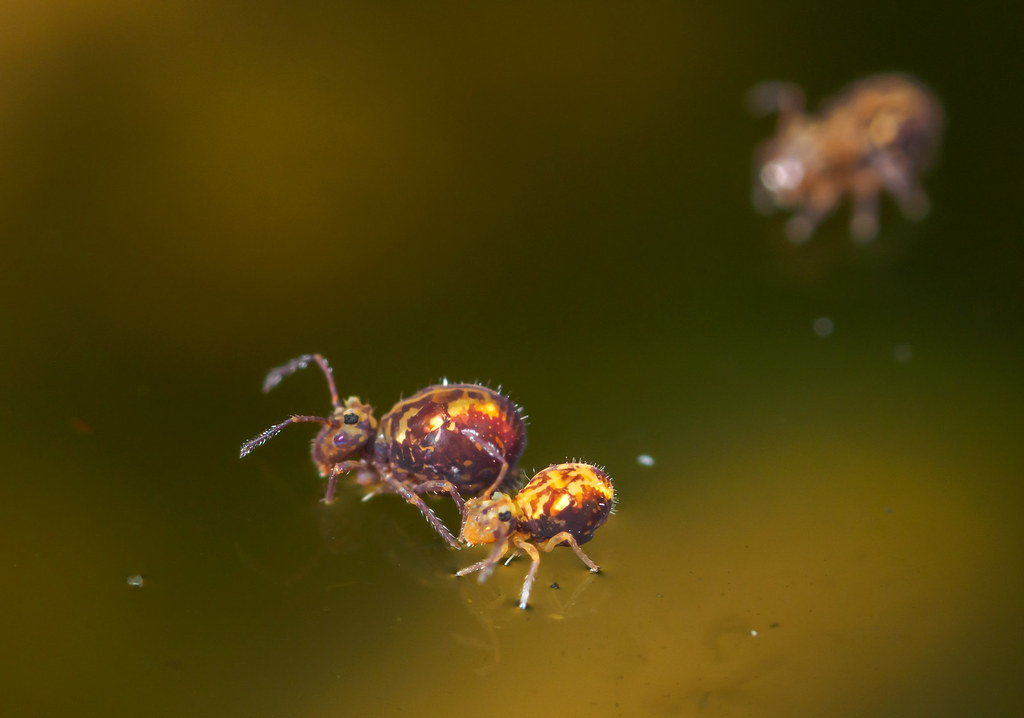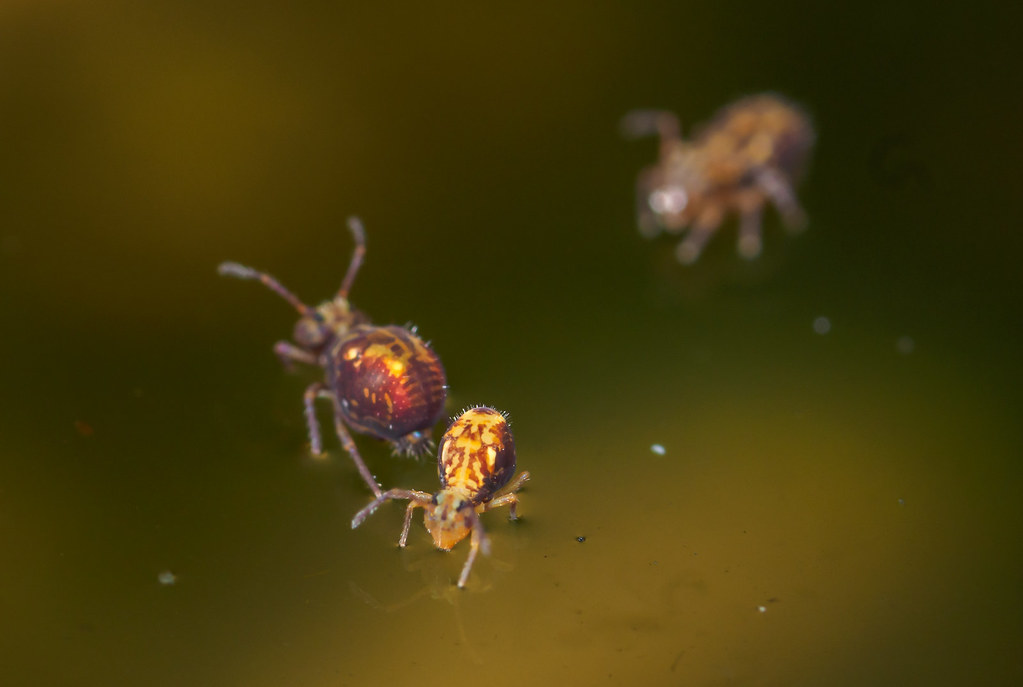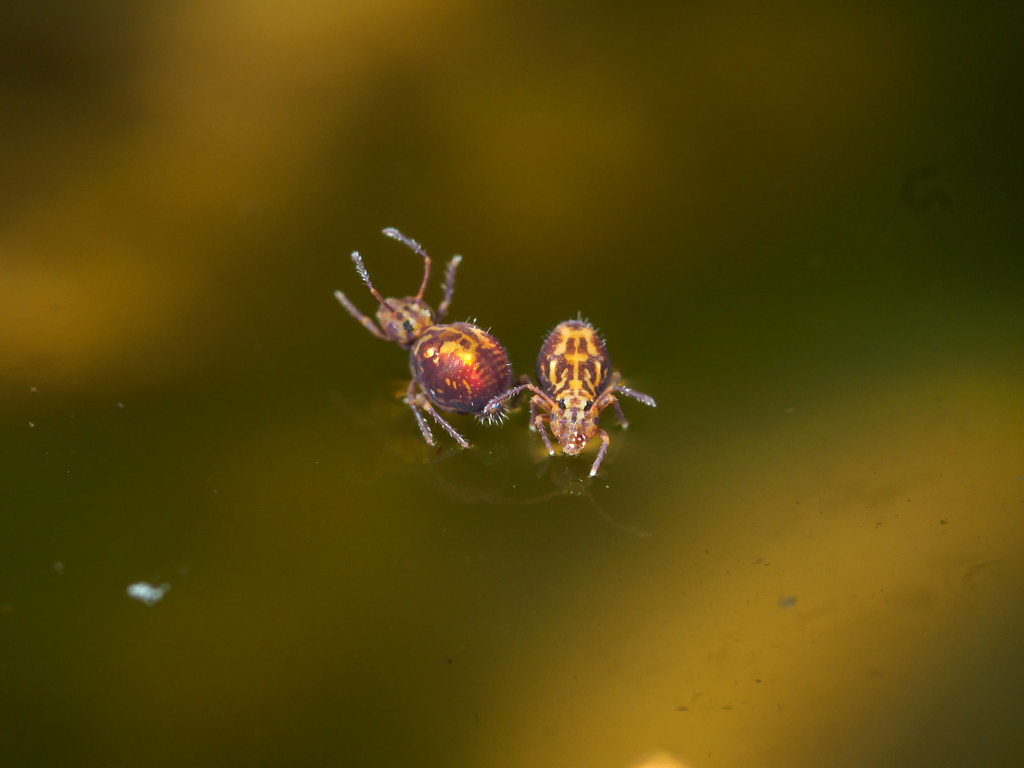- Messages
- 13,043
- Name
- Alf
- Edit My Images
- Yes
Generally these shots would be consigned to the bin but as a sequence they show something.
Some shots from a recent macro safari.
Some of these are not very good but they show a sequence of events I shot without really seeing what was happening. This is on the surface of some water in a hanging basket in my garden {no soil) on a windwy day so getting a shot at all was not easy as these lot would move a couple of cm in a gust.
But what is happening?
No water drop
 Sprintail sequence 1 by Alf Branch, on Flickr
Sprintail sequence 1 by Alf Branch, on Flickr
Now a water drop
 Sprintail sequence 2 by Alf Branch, on Flickr
Sprintail sequence 2 by Alf Branch, on Flickr
With water drop in background
 Sprintail sequence 3 by Alf Branch, on Flickr
Sprintail sequence 3 by Alf Branch, on Flickr
Getting closer
 Sprintail sequence 4 by Alf Branch, on Flickr
Sprintail sequence 4 by Alf Branch, on Flickr
Very close but three is a crowd
 Sprintail sequence 5 by Alf Branch, on Flickr
Sprintail sequence 5 by Alf Branch, on Flickr
Now only two
 Sprintail sequence 6 by Alf Branch, on Flickr
Sprintail sequence 6 by Alf Branch, on Flickr
and now what
 Sprintail sequence 7 by Alf Branch, on Flickr
Sprintail sequence 7 by Alf Branch, on Flickr
Some shots from a recent macro safari.
Some of these are not very good but they show a sequence of events I shot without really seeing what was happening. This is on the surface of some water in a hanging basket in my garden {no soil) on a windwy day so getting a shot at all was not easy as these lot would move a couple of cm in a gust.
But what is happening?
No water drop
 Sprintail sequence 1 by Alf Branch, on Flickr
Sprintail sequence 1 by Alf Branch, on FlickrNow a water drop
 Sprintail sequence 2 by Alf Branch, on Flickr
Sprintail sequence 2 by Alf Branch, on FlickrWith water drop in background
 Sprintail sequence 3 by Alf Branch, on Flickr
Sprintail sequence 3 by Alf Branch, on FlickrGetting closer
 Sprintail sequence 4 by Alf Branch, on Flickr
Sprintail sequence 4 by Alf Branch, on FlickrVery close but three is a crowd
 Sprintail sequence 5 by Alf Branch, on Flickr
Sprintail sequence 5 by Alf Branch, on FlickrNow only two
 Sprintail sequence 6 by Alf Branch, on Flickr
Sprintail sequence 6 by Alf Branch, on Flickrand now what
 Sprintail sequence 7 by Alf Branch, on Flickr
Sprintail sequence 7 by Alf Branch, on Flickr
